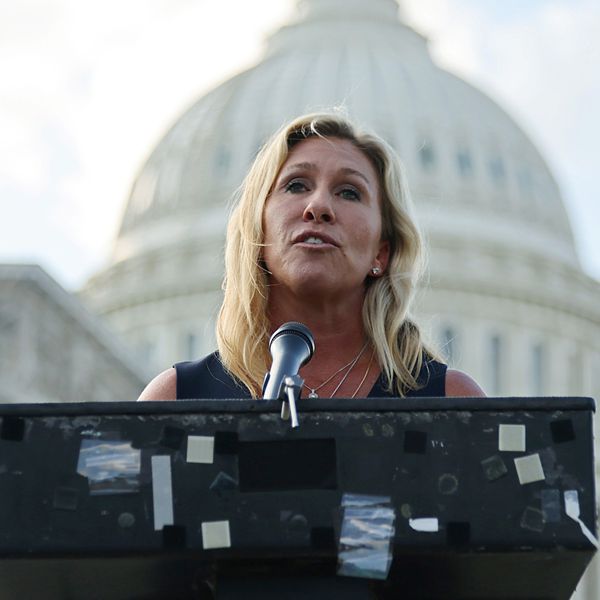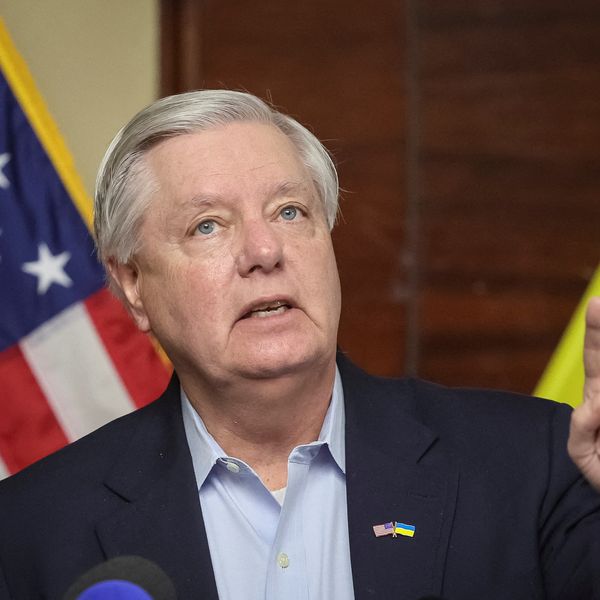NATO’s decision to forgo direct intervention in Ukraine is proving to be a wise strategy for opposing Russia’s invasion of Ukraine. It immediately robbed Russian President Vladimir Putin of the ability to blame the United States and the West for its lack of military progress, thereby highlighting Russia's inability to wield its own power against a much smaller neighbor. Russia’s invasion of Ukraine has instead dragged into an ongoing siege against a surprisingly resilient Ukrainian defense that underscores the hollowness of Putin’s stories that he would liberate Ukraine from Western influence.
Given its inability to overrun its much smaller neighbor despite a preponderance of power, Russia has proven to be its own worst enemy for its long-term plan in the region and beyond. Though the Kremlin has executed a comprehensive propaganda effort to justify and maintain support for its actions, it is increasingly clear that Russia is paying a heavy price in its international standing. As such, the international community’s — and namely Washington’s — choice to avoid direct military action might have done more to undermine Russia’s global standing and Putin’s stability at home than overt intervention might have done.
While Putin might have been able to justify Russia’s slow advance and even its supposed liberation of Ukraine from Western influence if NATO and the United States had taken a more active role in the conflict, Ukraine’s irrepressible independence from its much stronger neighbor has undermined Russia’s position both as a “liberator” and even as a global superpower.
The Kremlin has repeatedly used claims of historical and cultural unity between Russia and Ukraine as justification for its actions both in Crimea in 2014 and now in the ongoing invasion. Such assertions have been unequivocally undermined by the strength of the Ukraine’s home-grown resistance — regardless of Putin’s claims that “modern Ukraine was entirely and fully created by Russia.”
Ukrainians are clearly not welcoming Russian troops as liberators, and Putin has since resorted to blaming Ukrainian resistance on Western influence. Yet the lack of Western forces further undermines such claims, making it even clearer to the watching world that Russia’s actions are an unwelcome invasion of a sovereign nation.
The invasion is playing out on a world stage in real time, and as such, global observers have been able to spectate Russia’s advances — and their surprising slow progress — in unprecedented ways. The halting caravan of Russian tanks, the prolonged siege against Kyiv, and the incredible surge of support for Ukraine’s besieged President Zelensky all contribute to a growing doubt that Russia is indeed the superpower it seeks to be. The world has watched as Russian tanks ran out of fuel, and even Russian soldiers turning themselves over without a fight. It is hard for the Kremlin to maintain an image of the unstoppable superpower when it cannot overcome a smaller neighbor, 1/30 of Russia’s size, acting alone, and with only 1/10 of Russia’s defense budget.
Ukraine’s resilience and the resulting falters in Russia’s advance were unexpected — most especially to Moscow — but they seem to suggest that military restraint by the United States and NATO may have done more to generate international blowback for Russia than aggressive intervention would have done.
Instead, Putin’s claims of overt Western influence and Ukrainians’ desire to be “liberated” by Russia have been discredited, and international outrage at the premediated invasion of a sovereign nation has helped unify support for Ukraine’s military effort as well as for the international and U.S. sanctions that appear to be devastating Russia’s economy.
Consider the alternative, if the United States or even a NATO coalition had decided to get directly involved in the conflict and send troops to Ukraine to help repel Russia’s advance. Such an action would have put American and Russian troops head-to-head on the battlefield in kinetic exchanges that would very likely have resulted in casualties on both sides. Such exchanges would have inflamed already strained relations between the two largest nuclear arsenals in the world, inviting domestic backlash and making it very difficult for either Moscow or Washington to back down.
Such conditions could provide the perfect setting for Putin to activate Russia’s “escalate to de-escalate” nuclear strategy, in which he might resort to limited-yield nuclear strikes in order to demonstrate his commitment and convince Washington to back down. This strategy of threatening or even using nuclear weapons first in a crisis recalls what the U.S. 2018 Nuclear Posture Review termed “a mistaken expectation that coercive nuclear threats or limited first use could paralyze the United States and NATO and thereby end a conflict on terms favorable to Russia.”
Even setting aside the clear nuclear risks associated with direct military confrontations between Washington and Moscow, engaging U.S. or NATO troops in Ukraine would have been inadvertently counterproductive for the opposition to the invasion in other ways as well. Without foreign intervention, it has become increasingly clear that Ukraine is violently opposed to Russia’s invasion, with the majority of Ukrainians continuing to support armed resistance despite mounting casualties and a clear imbalance of power.
International armed support would have undermined the independence of such resistance, however, lending unwarranted support to Putin’s claims that Ukrainians are actually Russian and that the democratically elected government in Kyiv is a puppet of the West. Washington and NATO’s choice for restraint over direct military intervention have given space for the independent voice of the Ukrainian public to clearly demonstrate both to the international community and to the Russian public that Volodymyr Zelensky — not Vladimir Putin — is their chosen leader.
The result of Ukraine’s resistance without the aid of foreign troops has been that Putin’s miscalculations and overreach have been laid bare for the world — and even his own public — to see. Russia’s faltering advance and the domestic and international protests against the invasion do not mean, however, that Russia is less dangerous. If anything, a cornered and internationally shamed Putin may be in many ways more dangerous than a secure or confident leader would be, making him prone to lash out and defend his claims to power.
Putin’s domestic position depends on a façade of strength, so inflammatory or provocative statements could encourage Putin to double down and make it harder for him to accept a diplomatic off-ramp. Given the risks of direct intervention and the tenuous possibility of negotiated settlements, international and especially Ukrainian security may be better served by allowing Moscow to preserve at least a pretense of power, and avoiding unnecessary public threats that Putin may feel compelled to confront.














